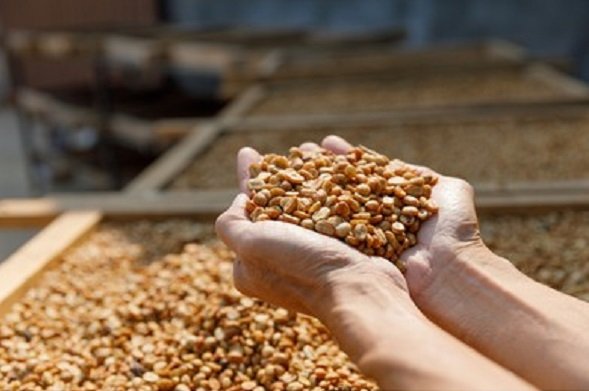Inside BENEO’s new pulse plant: pioneering sustainable protein from faba beans
India’s revised food subsidy bill for 2020-21 is now expected to reach a record high of nearly Rs 5 lakh crore.
Choosing to account for full borrowings of India’s main grain handling agency, the FCI, implied a move away from usual practice. A senior official with knowledge on the matter said that this is not because of increased distribution from federally-held food stocks amid the pandemic, but due to the Union government paying off a “majority of longstanding debt arrears” of the Food Corporation of India (FCI), which is over Rs 2 lakh crore.
India’s revised food subsidy bill for 2020-21 is now expected to reach a record high of nearly Rs 5 lakh crore.
As part of a broader policy, the hidden subsidies can be eliminated by accounting for them in the fiscal deficit; a stance explained by Finance Minister Nirmala Sitharaman in the Union Budget 2021-22.
The fiscal deficit is the shortfall in the government’s earnings against what it spends. Till last year, the National Small Savings Fund (NSSF) sourced the FCI’s heaps of loans in order to finance its operations for distributing subsidised ration.
These borrowings were part of what is called “extra budgetary resources”, which literally means outside the budget. Hence, it was an accounting trick that did not reflect on the fiscal deficit.
Ashwin Bhadri, CEO of Equinox Labs, says, “A bigger fiscal deficit means the government is burdened with loans. The country’s sovereign creditworthiness ratings assigned by global ratings agencies can be highly affected by this sort of shortfall.Not to mention a bigger fiscal deficit also tends to increase the government’s borrowing costs.”

